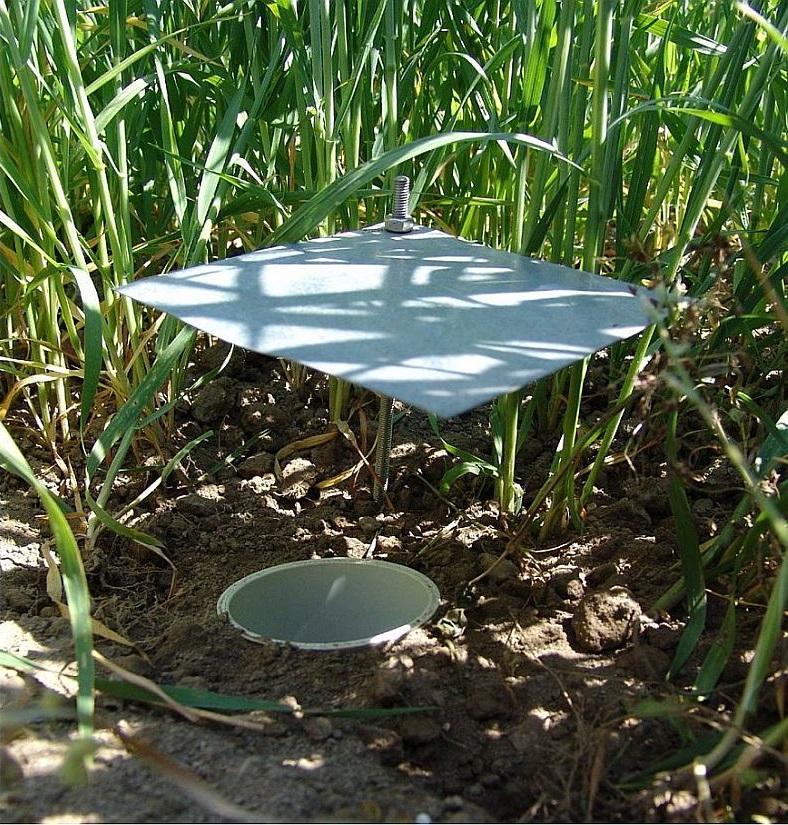How can we measure soil biodiversity?
There is consensus among scientists that we need to learn more about how the soil functions. At present, just 1% of bacterial and fungal species have been identified, compared to over 80% of plants. Fewer than 2% of nematode species are known to us, and just 4% of mites. Without knowing what actually lives down there, how can we possibly understand their role in keeping soil healthy?
Whereas the soil macro- and megafauna is visible to the naked eye, and the mesofauna can conveniently be observed and counted using binoculars, soil microbial diversity is not that easily assessed. With more microbial cells living in in one hand of grassland soil than humans on our planet, how can we possibly measure what is there?
There are currently two types of tests that can be performed: Tests that analyse and classify parts of the microbial material itself (‘taxonomic tests’), and tests thatlook at the metabolic products of microbes (‘functional tests’). A common taxonomic test is to extract DNA directly from the soil and make a genetic ‘fingerprint’ of the soil microbial community. To further detect which genes are actively switched on, so-called DNA microarray tests are being used. A DNA microarray is a solid (e.g. glass) surface to which numerous microscopic DNA spots (‘probes’) are attached. These are linked to fluorescent chemicals, and when fragments of soil DNA connect to these probes the matches can be analysed using UV light in fluorescence spectroscopy.
Functional tests aim at analysing the metabolic activities of soil microbes. An example can be found in the graphs section to the right
Having standardized field and laboratory methods for assessing key functional groups of soil organisms is however just the beginning. The challenge in the future will be to establish indicators and critical levels of the soil biotic functional assemblages that are needed to maintain the key soil . This could provide the basis for long-term monitoring, just as the quality of water and air is assessed.
